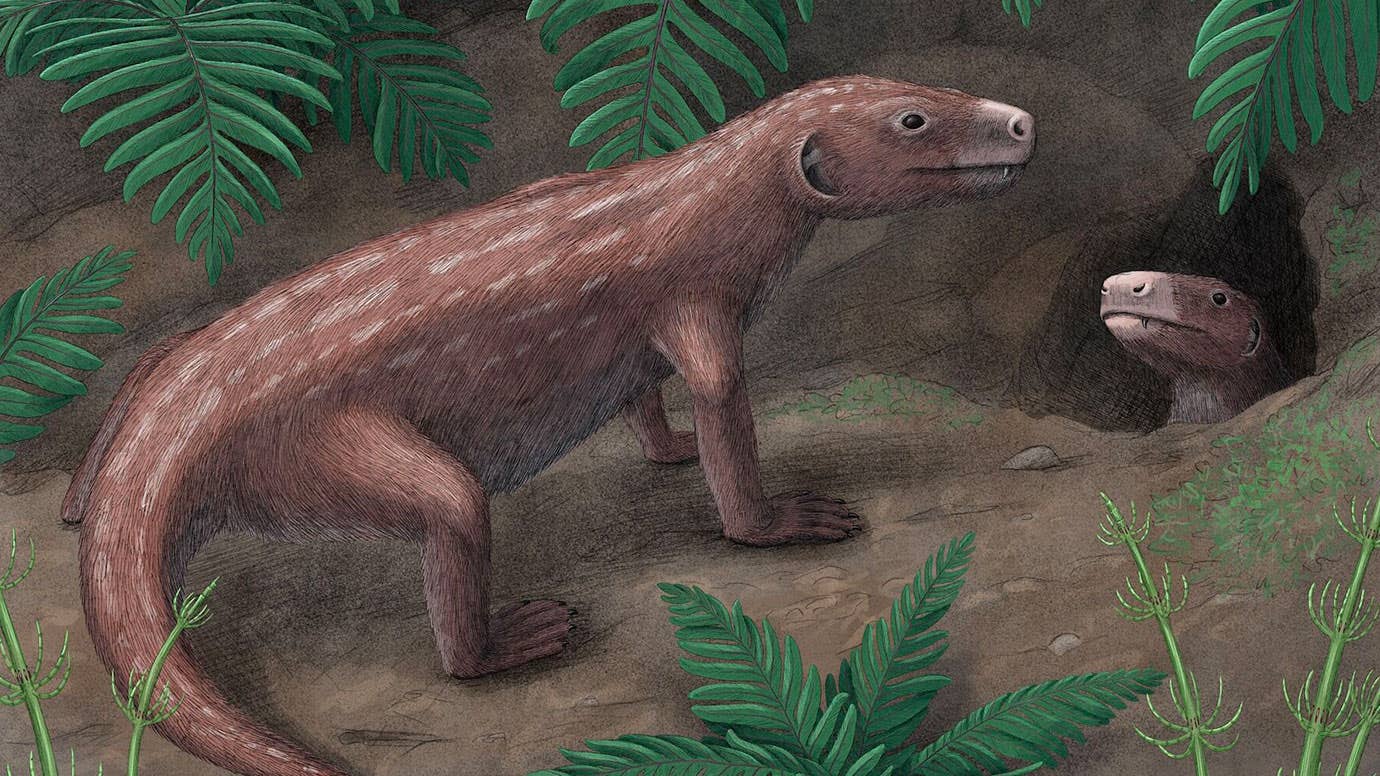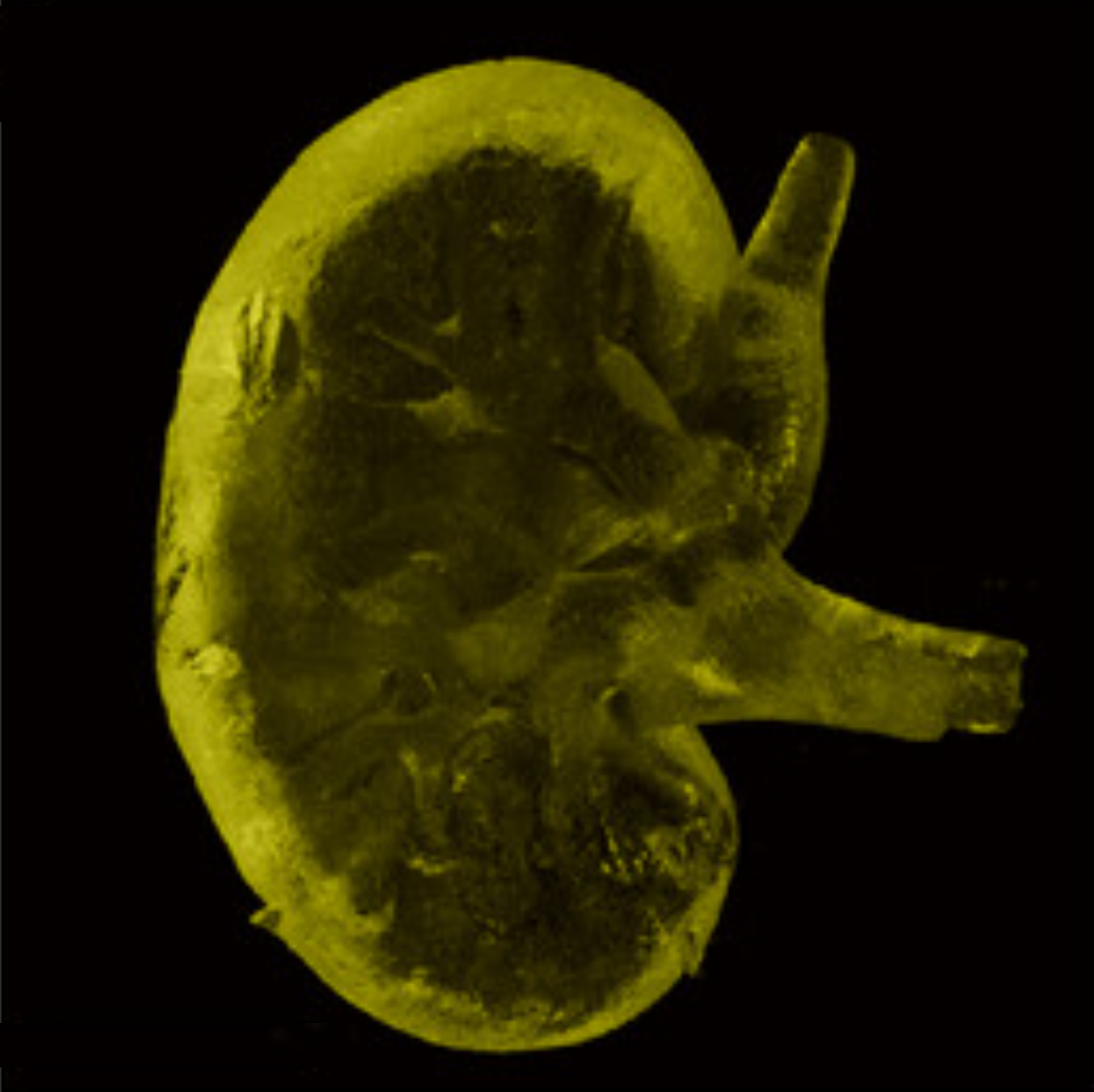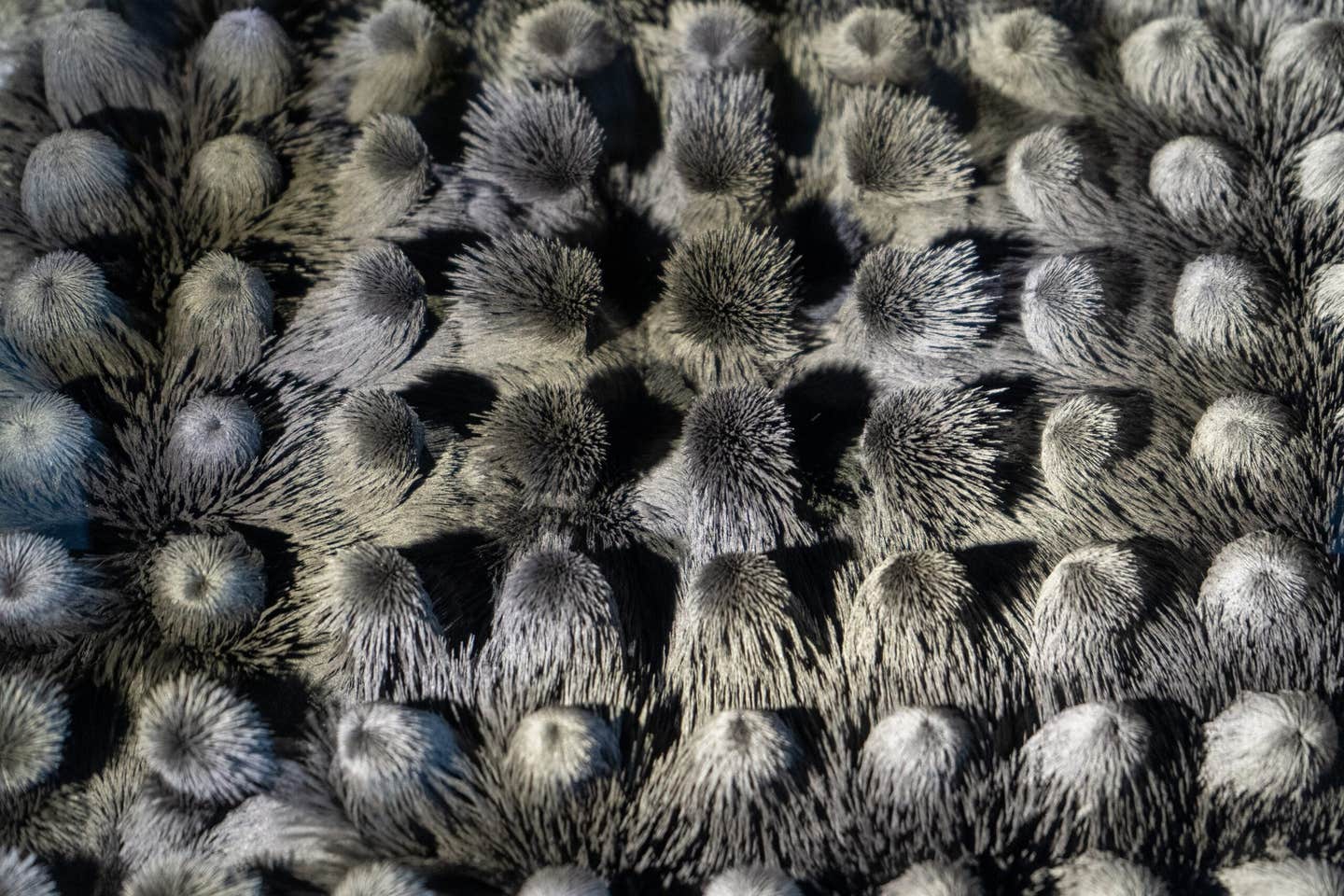Researchers discover the genetic keys to a long life
Despite huge variation in lifespan and size, different animal species end their natural life with similar numbers of genetic changes.

[June 1, 2022: Alex Cagan, Wellcome Sanger Institute]
The authors confirmed that the longer the lifespan of a species, the slower the rate at which mutations occur. (CREDIT: Getty Images)
The first study to compare the accumulation of mutations across many animal species has shed new light on decades-old questions about the role of these genetic changes in ageing and cancer. Researchers from the Wellcome Sanger Institute found that despite huge variation in lifespan and size, different animal species end their natural life with similar numbers of genetic changes.
The study, published in Nature, analysed genomes from 16 species of mammal, from mice to giraffes. The authors confirmed that the longer the lifespan of a species, the slower the rate at which mutations occur, lending support to the long-standing theory that somatic mutations play a role in ageing.
Genetic changes, known as somatic mutations, occur in all cells throughout the life of an organism. This is a natural process, with cells acquiring around 20 to 50 mutations per year in humans. Most of these mutations will be harmless, but some of them can start a cell on the path to cancer or impair the normal functioning of the cell.
Since the 1950s, some scientists have speculated that these mutations may play a role in ageing. But the difficulty of observing somatic mutations has made it challenging to study this possibility. In the last few years, technological advances have finally allowed genetic changes to be observed in normal tissues, raising hopes of answering this question.
Related Stories
Another long-standing question is Peto’s paradox. Since cancers develop from single cells, species with larger bodies (and therefore more cells) should theoretically have a much higher risk of cancer. Yet cancer incidence across animals is independent of body size. Animal species with large bodies are believed to have evolved superior mechanisms to prevent cancer. Whether one such mechanism is a reduction in the accumulation of genetic changes in their tissues has remained untested.
In this study, researchers at the Wellcome Sanger Institute set out to test these theories by using new methods to measure somatic mutation in 16 mammalian species, covering a wide range of lifespans and body masses. This included species such as human, mouse, lion, giraffe, tiger, and the long-lived, highly cancer-resistant naked mole-rat, with samples provided by a number of organisations including the Zoological Society of London.
Whole-genome sequences were generated from 208 intestinal crypts taken from 48 individuals, to measure mutation rates in single intestinal stem cells.
Analysis of the patterns of mutations (or mutational signatures) provided information on the processes at work. The researchers found that somatic mutations accumulated linearly over time and that they were caused by similar mechanisms across all species, including humans, despite their very different diets and life histories.
Evidence of a possible role of somatic mutations in ageing was provided by the researchers’ discovery that the rate of somatic mutation decreased as the lifespan of each species increased.
The search for an answer to Peto’s paradox goes on, however. After accounting for lifespan, the authors found no significant association between somatic mutation rate and body mass, indicating that other factors must be involved in larger animals’ ability to reduce their cancer risk relative to their size.
Despite vast differences in lifespan and body mass between the 16 species studied, the quantity of somatic mutations acquired over each animal’s lifetime was relatively similar. On average a giraffe is 40,000 times bigger than a mouse, and a human lives 30 times longer, but the difference in the number of somatic mutations per cell at the end of lifespan between the three species only varied by around a factor of three.
Understanding the exact causes of ageing remains an unsolved question and an area of active investigation. Ageing is likely to be caused by the accumulation of multiple types of damage to our cells and tissues throughout life, including somatic mutations, protein aggregation and epigenetic changes, among others. Comparing the rates of these processes across species with very different lifespans can shed light on their role in ageing.
Note: Materials provided above by Wellcome Sanger Institute. Content may be edited for style and length.
Like these kind of feel good stories? Get the Brighter Side of News' newsletter.
Tags: #New_Discoveries, #Medical_News, #Aging, #Genetics, #Life_Expectancy, #Mutations, #Science, #Longevity, #Research, #The_Brighter_Side_of_News



